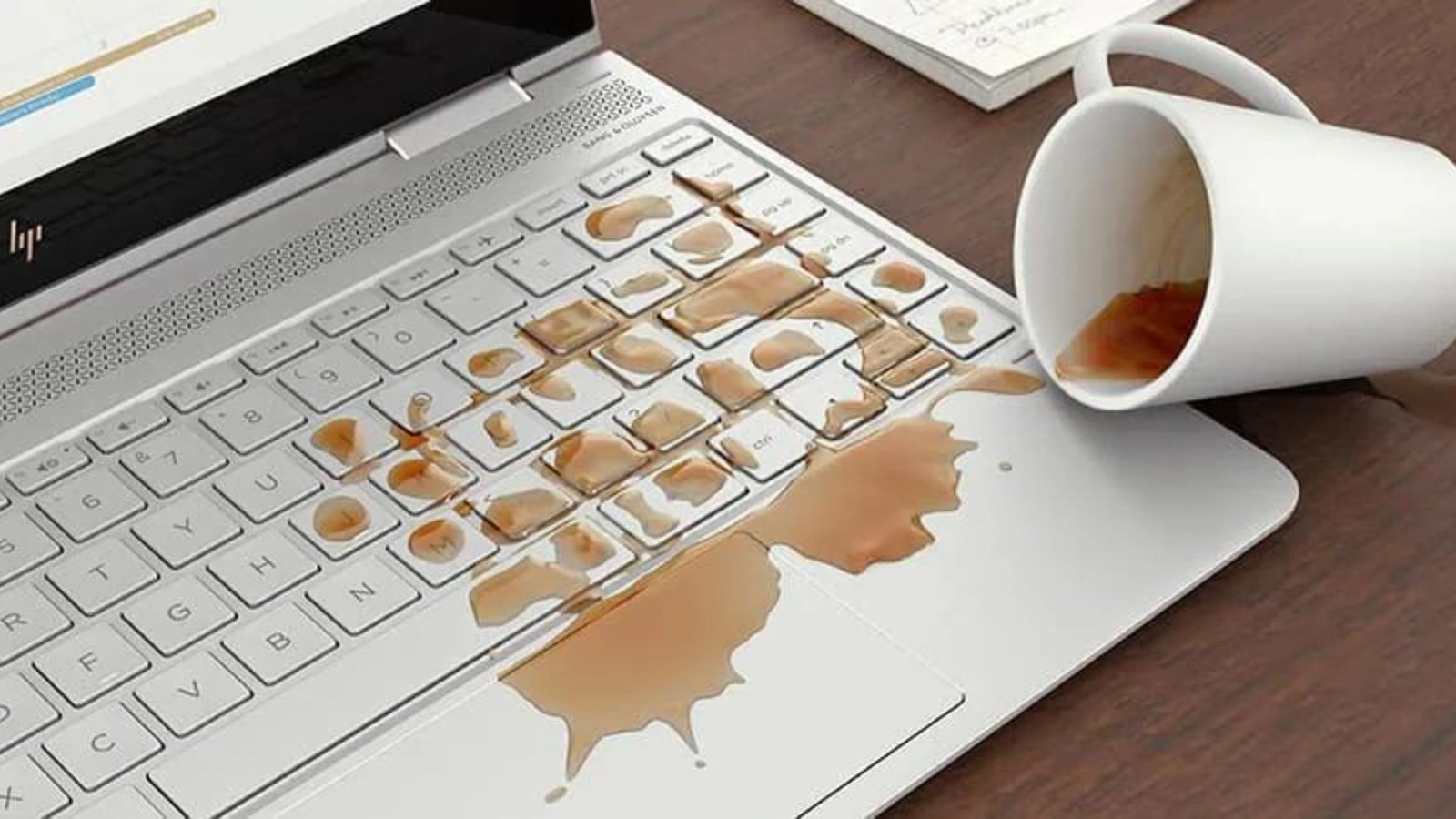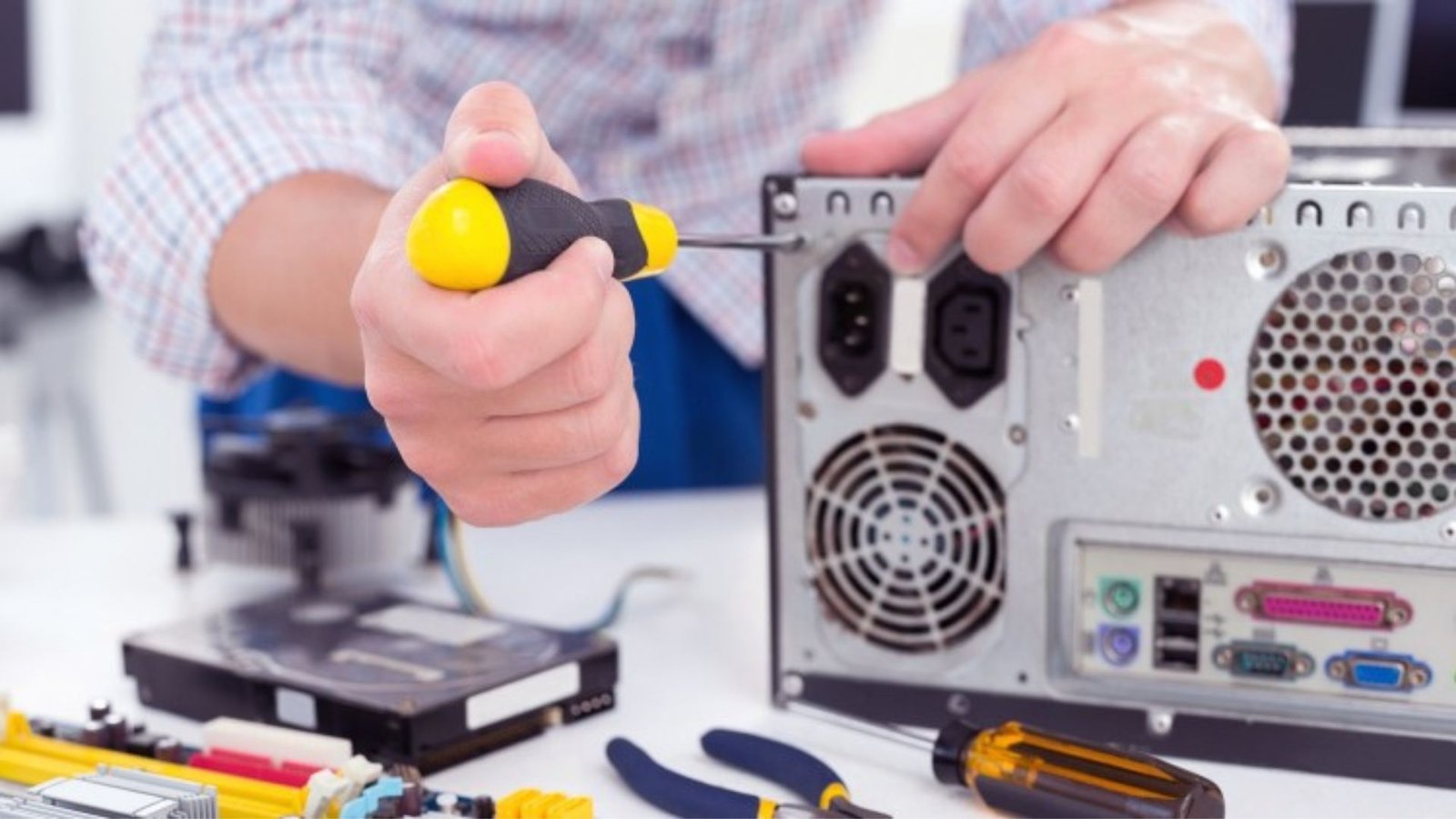Optimizing personal computers for productivity is essential for enhancing performance and efficiency. In today’s fast-paced world, working on a slow or cluttered computer can be frustrating and time-consuming. By implementing simple optimization techniques, users can significantly improve the speed, responsiveness, and overall functionality of their computers, leading to better productivity.

Clean Up Your Computer for Better Speed
Optimizing personal computers for productivity begins with cleaning up unnecessary files and programs. Over time, computers accumulate temporary files, caches, and unused software, which slow down the system. To combat this, regularly decluttering your hard drive and organizing files can free up valuable space. Removing unused applications and disabling startup programs also contribute to faster boot times and smoother operation.
Disk cleanup utilities built into operating systems, like Windows’ Disk Cleanup tool or macOS’s Storage Management feature, can help eliminate unnecessary files. Additionally, uninstalling programs you no longer use can significantly improve performance. Regularly maintaining your storage not only boosts speed but also ensures you have enough space for important files.
Updating Software and Drivers
Keeping your system software and drivers up-to-date is another critical step in optimizing personal computers for productivity. Manufacturers frequently release updates that fix bugs, patch security vulnerabilities, and improve performance. By ensuring that your operating system, software, and drivers are current, you minimize potential issues that could slow down your computer.
Operating systems often provide automatic updates, but manually checking for updates is a good practice to ensure nothing is overlooked. Updated drivers ensure that your hardware—such as your graphics card, printer, or external devices—functions efficiently and remains compatible with the latest software versions. Keeping everything up-to-date is an easy way to optimize your computer for a smoother experience.
Streamlining Your Workspace
A cluttered desktop can hinder productivity. Organizing your workspace is a key part of optimizing personal computers for productivity. Keeping your desktop free of unnecessary icons and files improves not only the visual appeal of your screen but also the speed of your computer. Each item on your desktop consumes system resources, so minimizing them can improve performance.
Additionally, organizing your file system into folders helps you find important documents more quickly. Productivity apps that manage tasks, deadlines, and projects can further streamline your workflow. A well-organized workspace reduces distractions, allowing you to focus on what matters most.
Use Productivity-Boosting Tools
Another way to improve optimizing personal computers for productivity is by using tools and software designed to enhance your workflow. Programs like Trello, Microsoft OneNote, and Slack can keep you organized, manage your tasks, and facilitate communication with colleagues. These tools integrate seamlessly into most operating systems, making them convenient for tracking work and collaborating with others.
For those who frequently multitask, using virtual desktops or split-screen functionality allows you to manage several tasks simultaneously. Many operating systems have built-in features to help you manage multiple workspaces, which can keep your work separated and prevent unnecessary clutter on your screen.
Maintaining Your Hardware
Regular hardware maintenance also plays an important role in maintaining personal computers for productivity. Dust accumulation inside your computer can cause it to overheat and slow down. Cleaning your computer regularly, particularly the fans and vents, helps keep your system cool and prevents slowdowns caused by overheating.
Upgrading your hardware, such as increasing RAM or switching to a solid-state drive (SSD), can also provide a significant performance boost. More RAM allows your computer to handle more tasks simultaneously, while an SSD speeds up data access times, leading to quicker startup and application loading.
Conclusion
In conclusion, optimizing personal computers for productivity involves regular maintenance, organizing your workspace, and using productivity tools. Cleaning up unnecessary files and updating software improves speed, while upgrading hardware boosts overall performance. These steps, combined with proper organization, help you work more efficiently and ensure your computer operates at its best.











